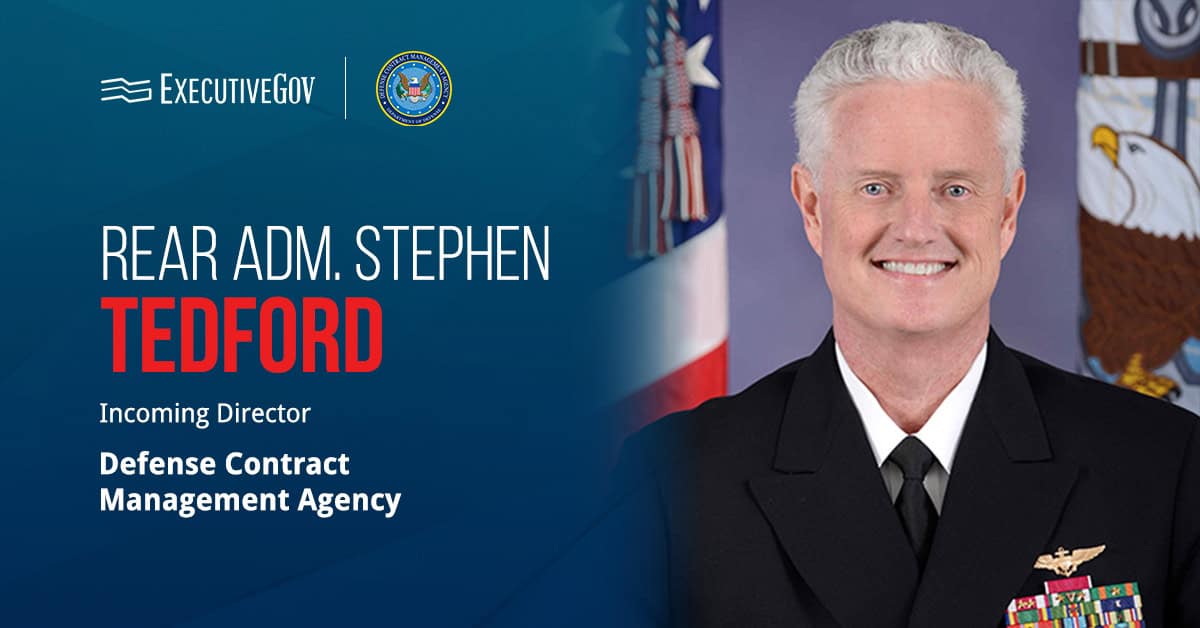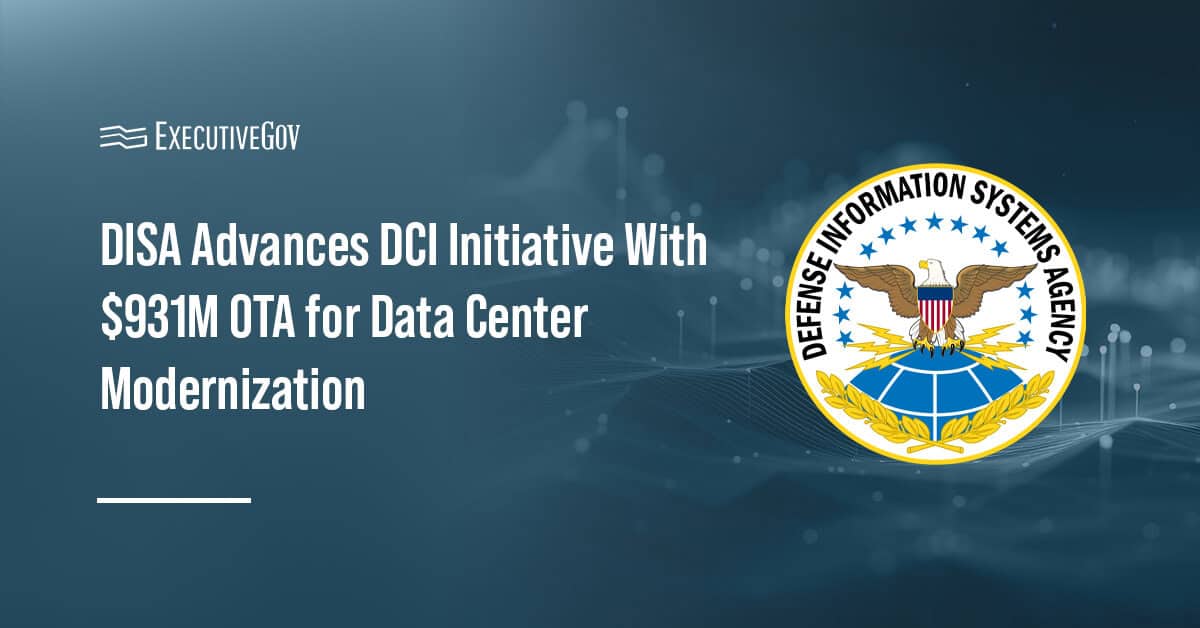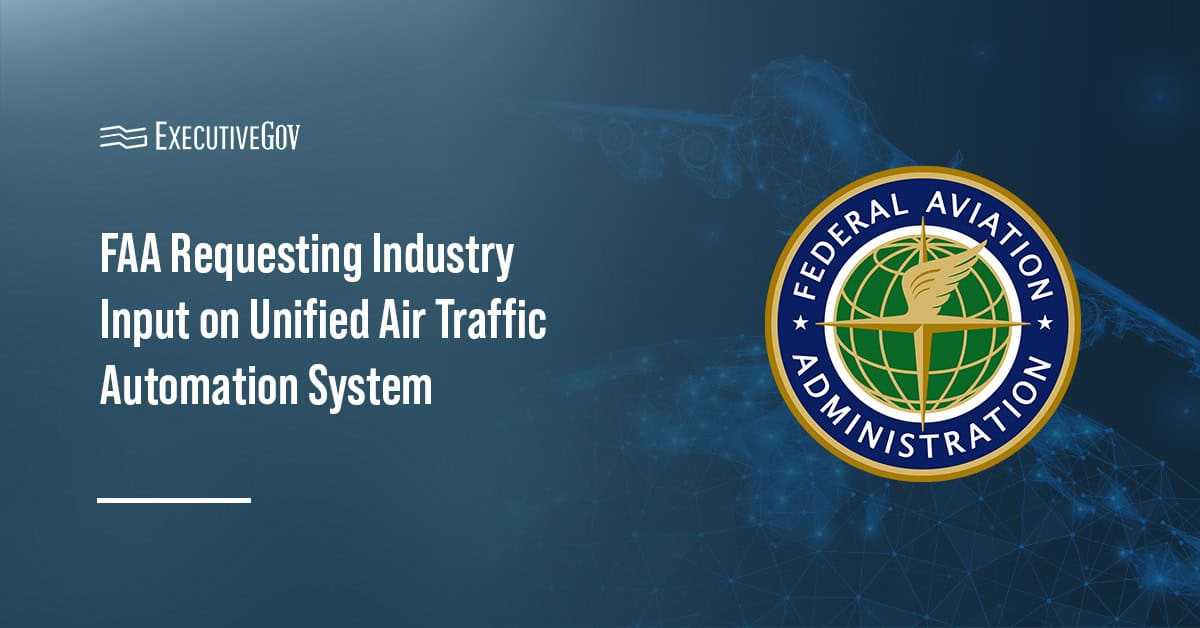
The Army Combat Capabilities Development Command’s Aviation and Missile Center is developing a simulator to equip warfighters with reinforced survivability, lethality and situational awareness functions, Dvids reported Monday.Â
“We’re looking to evaluate the impact of autonomy, the human-machine interface, and decision-aiding tools on an air mission commander performing manned/ unmanned teaming missions,†said Tom Alicia, engineering research psychologist at AvMC’s Aviation Development Diretorate.
The Future Open Rotocraft Cockpit Environment simulator is a configurable portable tool to utilize an open-system framework allowing rapid integration and technology assessment. AvMC will also allow three firms to install their systems to the simulator to help the center assess the tool’s human-machine interface, autonomy and decision-making components.





